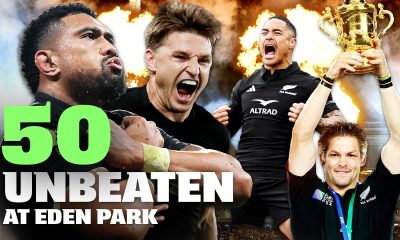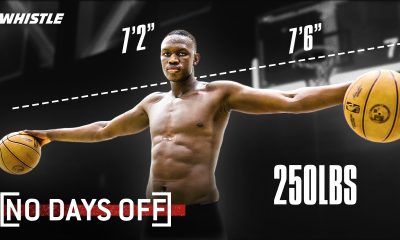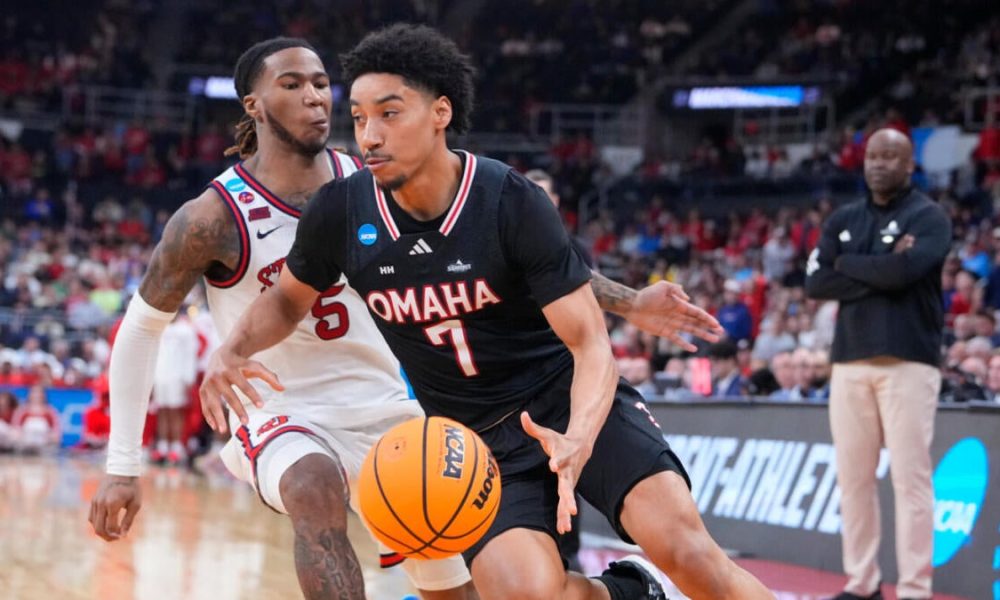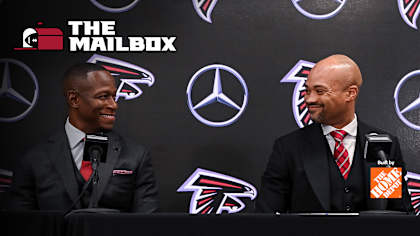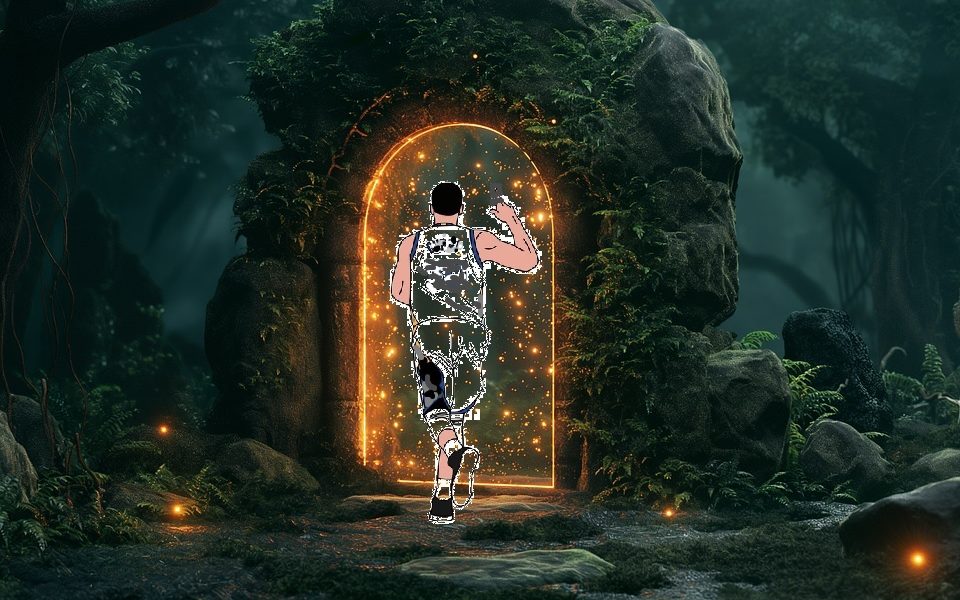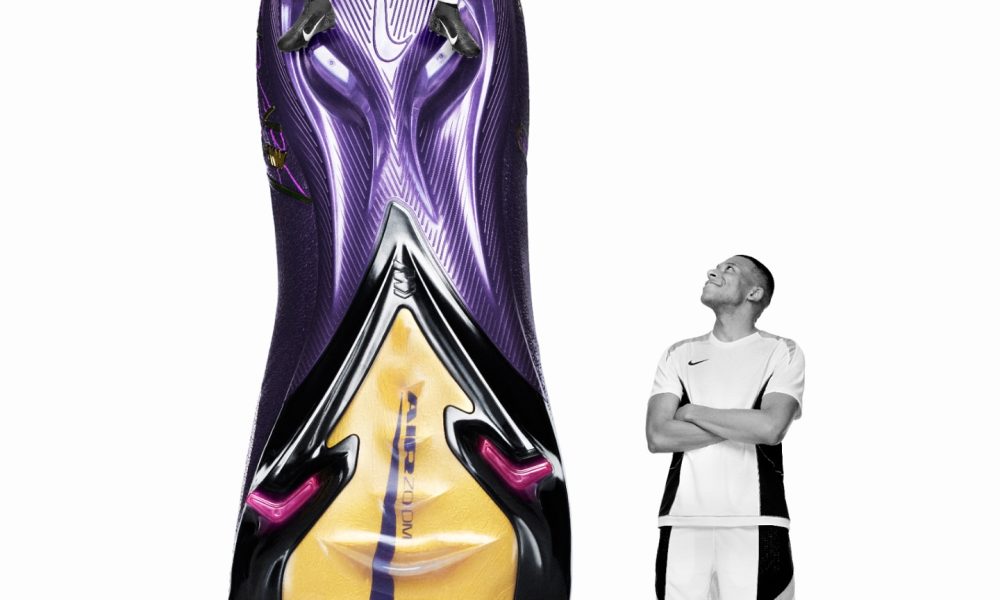NIL
How NIL and innovative tournaments are redefining college basketball scheduling
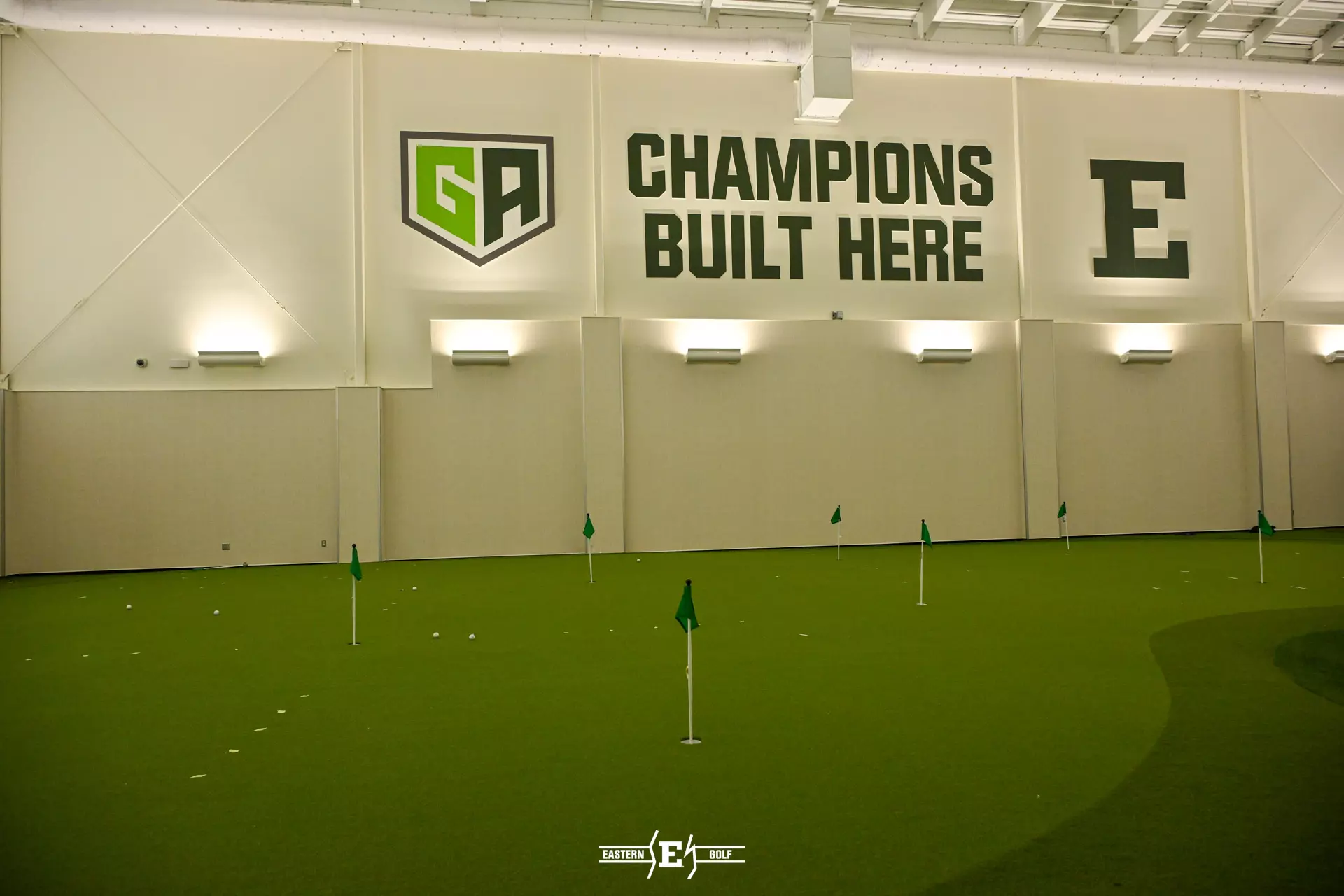

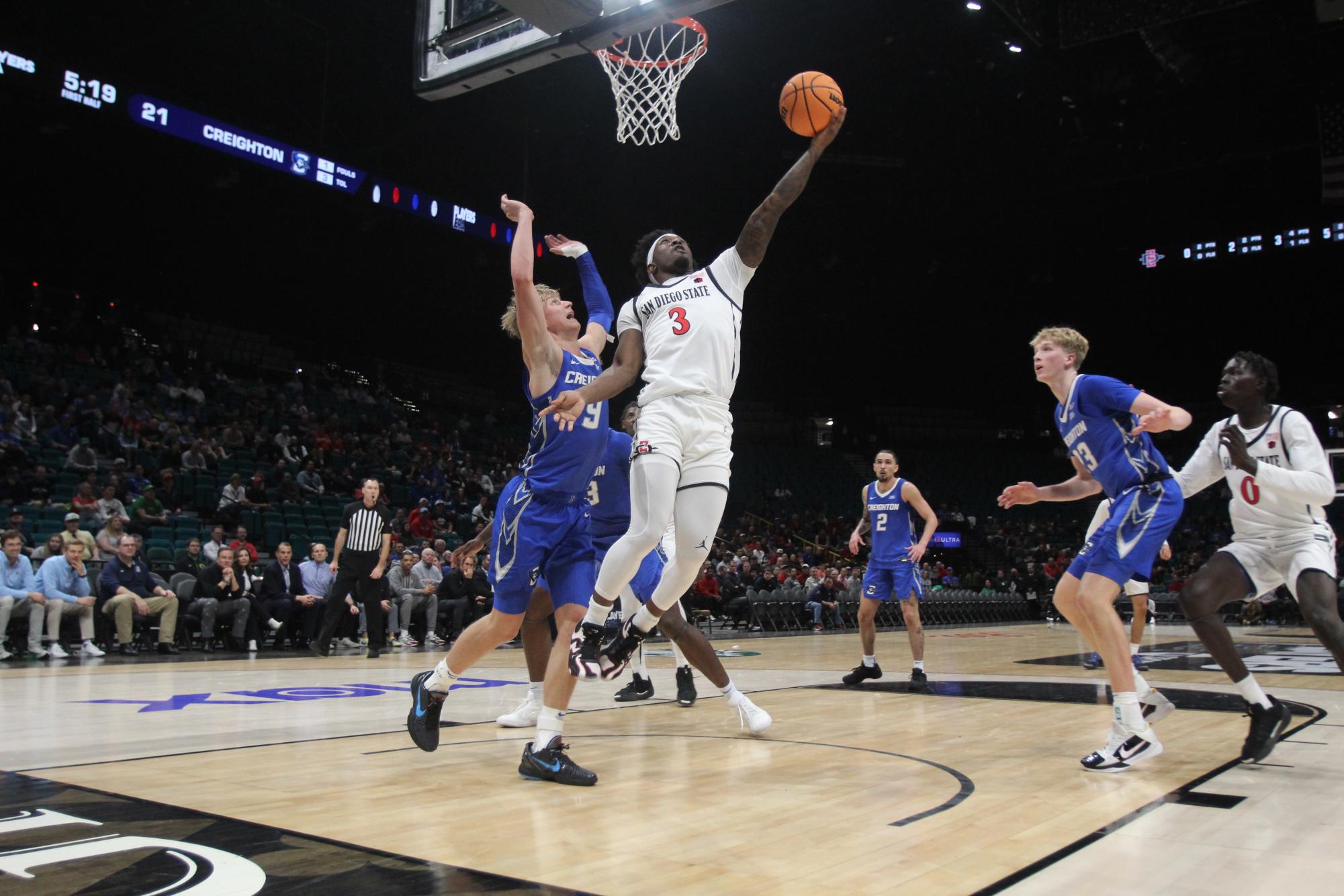
“I think it exceeded our expectations in just about every way,” Berger said after the inaugural event. “We got super lucky with just how competitive the games were. … From my perspective, in my first time as an event operator, I was really thankful all the coaches were easy to work with. [The NIL obligations] were smoother than I expected.”
SDSU head coach Brian Dutcher felt participating in the tournament brought the best opportunities.
In recent years, the landscape of college basketball scheduling has experienced a dramatic shift. One of the most significant changes has come in the form of the growing influence of Name, Image and Likeness (NIL) deals. These deals have reshaped the way programs approach nonconference scheduling, especially with the evolving dynamics of multi-team events (MTEs). As these MTEs are becoming less appealing for high-major programs, a new breed of tournaments and scheduling methods are emerging, each with a focus on increasing financial opportunities for players.
“When you’re able to pay players and when you’re able to use the NIL for a good reason and have people come out here and [it’s] crazy competition, Hall of Fame coaches, All-American players, this is the best place to be right now,” said Texas A&M forward Henry Coleman III.
Enter the Players Era Festival, a new event this past November designed to tap into this evolving market. Co-founded by Seth Berger, the Players Era Festival aims to provide college basketball programs with significant NIL opportunities, while also offering a competitive platform. The inaugural edition of the tournament in 2024 was considered a success, with eight teams—including Houston, Alabama, Creighton, Notre Dame, Oregon, Rutgers, San Diego State and Texas A&M—participating. Each team earned at least million in NIL opportunities, with the added promise of more substantial payouts for continued participation in future years.
“It was a no-brainer for us. It was like, yes, anytime, anyplace. And the question was, you know, is the money really going to be there? But for us, the money, yeah, the money is critically important,” Dutcher said. “For us to play this talent level that we get to play and our flight from our campus — I don’t want to tell them this because they might not pay us, but I would have come for free to play this kind of competition.”
The event’s appeal lies not only in its financial rewards but in its modernized structure.
Despite the skepticism surrounding the viability of the new format, the Players Era Festival has already secured multiple years of funding and partnerships, with guarantees from MGM and TNT Sports ensuring its place on the college basketball calendar for years to come.
“When I talked to Seth and he told me who was coming, or who he was trying to get, I’m like, OK, those are really good teams so it’s going to be a really good tournament, and Vegas is close for us,” said Oregon coach Dana Altman. “If our guys get this money, get paid like this, man, that’s icing on the cake.”
“For everything we do, we’re completely aligned with the players,” Berger said. “As big an impact as we can have on college basketball with Players Era, that will be continuing to put money into the pockets of college basketball players.”
San Diego State was one of the eight teams that participated last year, and all eight will be returning to this year’s Players Era Festival.
For Berger, the goal is to establish the Players Era Festival as the premier November event, comparing it to the first leg of a Triple Crown, with plans for a women’s tournament already in place later this year, and potentially even summer events if the NCAA opens up exhibition calendars.
NIL
College Athletes Release Model CBA Framework – What Could This Mean For Universities?
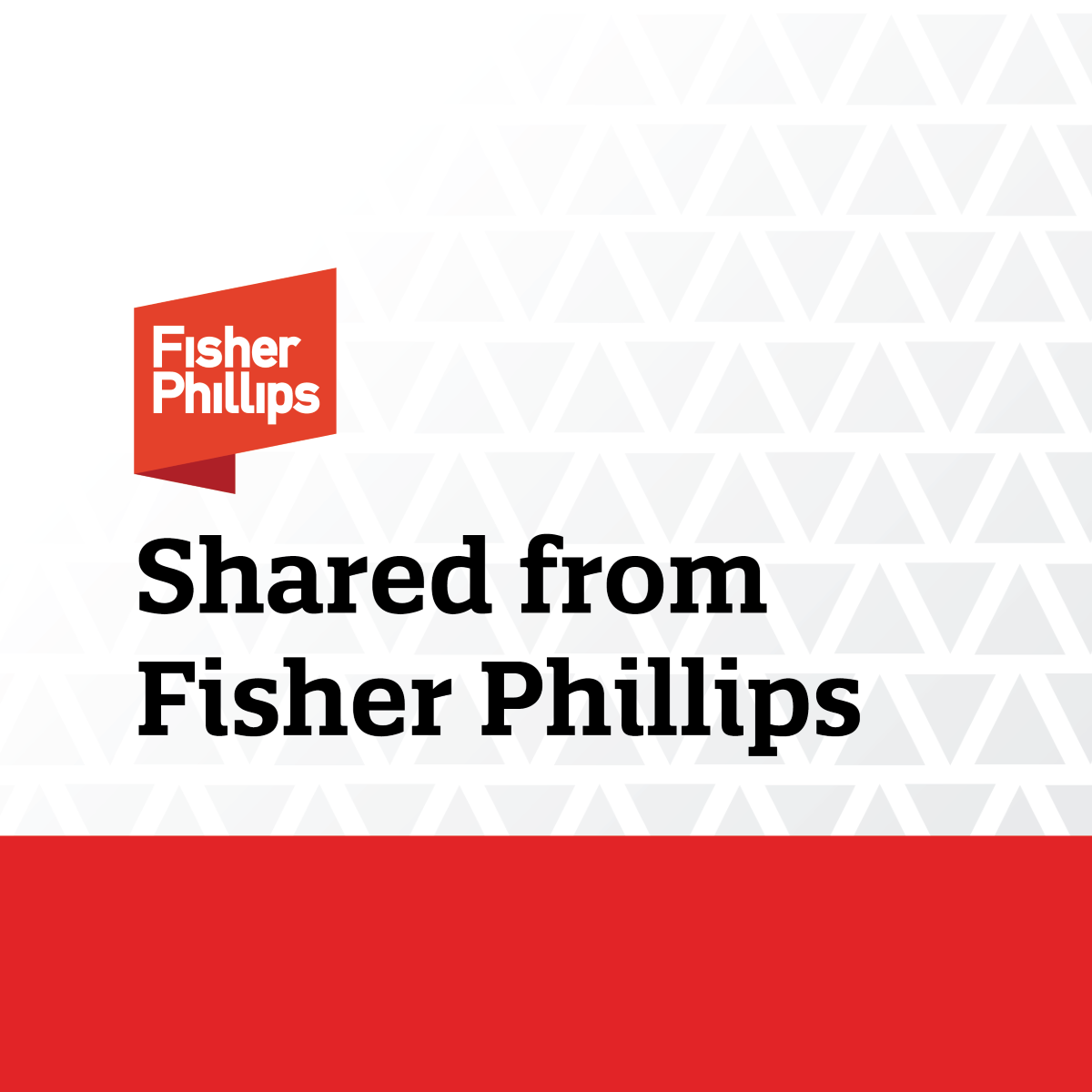
With most of the country’s focus on who was snubbed by the College Football Playoff Selection Committee, college athletics reached another inflection point on Monday with the release of Athletes.org’s first-ever draft Collective Bargaining Agreement (CBA) framework. This document is designed to replace the current NIL-driven compensation model with a standardized, enforceable structure modeled on professional sports CBAs. While far from a final agreement, it’s the most detailed blueprint yet for what some players want a collectively bargained future to look like across NCAA Division I athletics. What do colleges and universities need to know about this step?
Where Things Stand: Labor Organizing and Legal Pressure Are Reshaping College Athletics
Over the last four years, momentum toward formal labor and employment rights for college athletes has accelerated dramatically.
NLRB Developments
For the moment, the National Labor Relations Board is the least likely source of any concerns for college athletics. Not only does it presently lack a quorum to legally act, the Presidential administration is decidedly opposed to granting student athletes “employee” status. Indeed, the 2021 NLRB General Counsel memo declaring student athletes to be employees was rescinded in February, and efforts pre-dating the Trump administration to unionize Dartmouth basketball players and claiming athletes at the University of Southern California were employees were both voluntarily dismissed by player-advocates even before the new administration started.
The Johnson Litigation
In July 2024, the 3rd Circuit Court of Appeals ruled in Johnson v. NCAA that Division I student-athletes are not categorically barred from bringing claims under the Fair Labor Standards Act (FLSA). Instead, the court held that athletes “may be employees” when they perform services for their school (or the NCAA) primarily for the institution’s benefit, under the school’s control (or right of control), and in return for compensation or other benefits. This decision rejected the long-standing defense that the traditional concept of “amateurism” automatically excludes student-athletes from employee status. Johnson is now on remand in the District Court which is considering another round of motions to dismiss. It remains one of the most significant employment-law threats to the traditional collegiate model.
The House Settlement
The House settlement, while monumental in providing a revenue-sharing mechanism to student athletes, does not resolve long-term legal exposure. Judge Wilken expressly acknowledged that the agreement does not carry the protections of the non-statutory labor exemption because it is not collectively bargained. Athletes.org echoed this point in its own amicus briefing, emphasizing that without a CBA, universities remain vulnerable to antitrust claims, compensation-related challenges, and future litigation over inconsistent athlete treatment.
Inside the CBA Proposal: Key Components of the Athletes.org Framework
Athletes.org is a newly formed players association seeking to organize college athletes and position itself as the negotiating representative in any future restructuring of college sports. While still early in its development and lacking formal recognition, it claims to represent more than 5,000 student athletes and is actively pushing for a collective bargaining model that would shift many operational and financial decisions away from institutions.
For campus leaders, the framework serves as an early signal of the issues that could arise if collective bargaining becomes part of the collegiate athletics landscape. The 38-page draft CBA framework is ambitious and built consciously on the architecture of professional sports CBAs. Its stated goal is to provide “a sustainable, enforceable structure for college athletics” that consolidates athlete compensation, standardizes contractual terms, and reduces litigation risk.
Five components stand out:
1. A Standardized Athlete Services Contract
The proposal centers on replacing the current NIL-service hybrid model with a single, mutually negotiated athlete services agreement. This would:
- Consolidate revenue-share payments into a single income stream tied to athletic services.
- Establish national minimum terms across compensation, benefits, grievance procedures, and health/safety protections.
- Reduce the current patchwork of school-specific contracts and conflicting state laws.
2. Revenue Share Caps and Spending Floors
Mirroring professional sports, the CBA introduces conference-specific revenue percentages and mandatory spending floors. Elements include:
- A revenue-share cap and minimum per-sport spending requirements tied to pro rata conference revenue.
- An obligation that institutions spend at least 89% of their annual athlete compensation budget across a rolling four-year period, with penalties for noncompliance.
- Transparency requirements and annual financial reporting.
3. Health, Wellness, and Safety Standards
The draft includes provisions far more expansive than current NCAA rules:
- Required post-eligibility medical coverage for at least five years.
- Independent second medical opinions at no cost to athletes.
- A formal Injured Reserve designation preserving compensation and pausing eligibility clocks.
- Uniform practice-time, travel, concussion, and training standards, all subject to negotiation.
4. Free Agency, Transfer Portal Rules, and Retention Incentives
The proposal explicitly frames the transfer portal as a form of “free agency” and calls for:
- Negotiated portal windows, tampering rules, and enforcement mechanisms.
- A “Veterans Performance Incentive Pool” providing bonuses for athletes who remain at their institution for more than two years to promote roster stability.
5. Licensing, NIL, and Agent Regulation
Athletes.org proposes a structure modeled on pro players’ associations:
- Athletes.org would control group licensing rights and negotiate royalty rates
- Agents would need certification, similar to NFLPA/NBPA systems.
- NIL deals would remain uncapped but subject to anti-circumvention protections.
What’s Next?
Despite the level of detail in the Athletes.org proposal, the path from conceptual framework to an operational CBA in college athletics is highly uncertain. Major legal, structural, and political hurdles remain unresolved, including whether student athletes will ever be deemed “employees,” what entity (if any) could lawfully bargain on behalf of public universities, and how a multi-state system with conflicting labor laws could function.
In several of the largest college-athletics states, public-sector collective bargaining by student-athletes is either not addressed or unlawful, raising immediate questions about who could participate and whether a national agreement is even possible without Congressional intervention. At the same time, no entity currently exists that could represent all universities in negotiations, and institutions face antitrust constraints that limit their ability to collaborate on compensation rules absent a true labor exemption. Even if those barriers were addressed, the political climate provides little indication that consensus legislation is on the horizon.
For now, the CBA framework should be viewed not as an imminent model but as a marker of the kinds of pressures and expectations that may shape future debates. Institutions should continue monitoring litigation, regulatory activity, and conference-level developments to understand how quickly the landscape may shift.
Conclusion
Make sure you are subscribed to Fisher Phillips’ Insight System to get the most up-to-date information direct to your inbox. Should you have any questions on the implications of these developments and how they may impact your operations, please do not hesitate to contact your Fisher Phillips attorney, the author of this Insight, or any member of our Sports Industry Group or Higher Education Team for additional guidance.
NIL
SEC powerhouse named the most-watched college football team of 2025 regular season
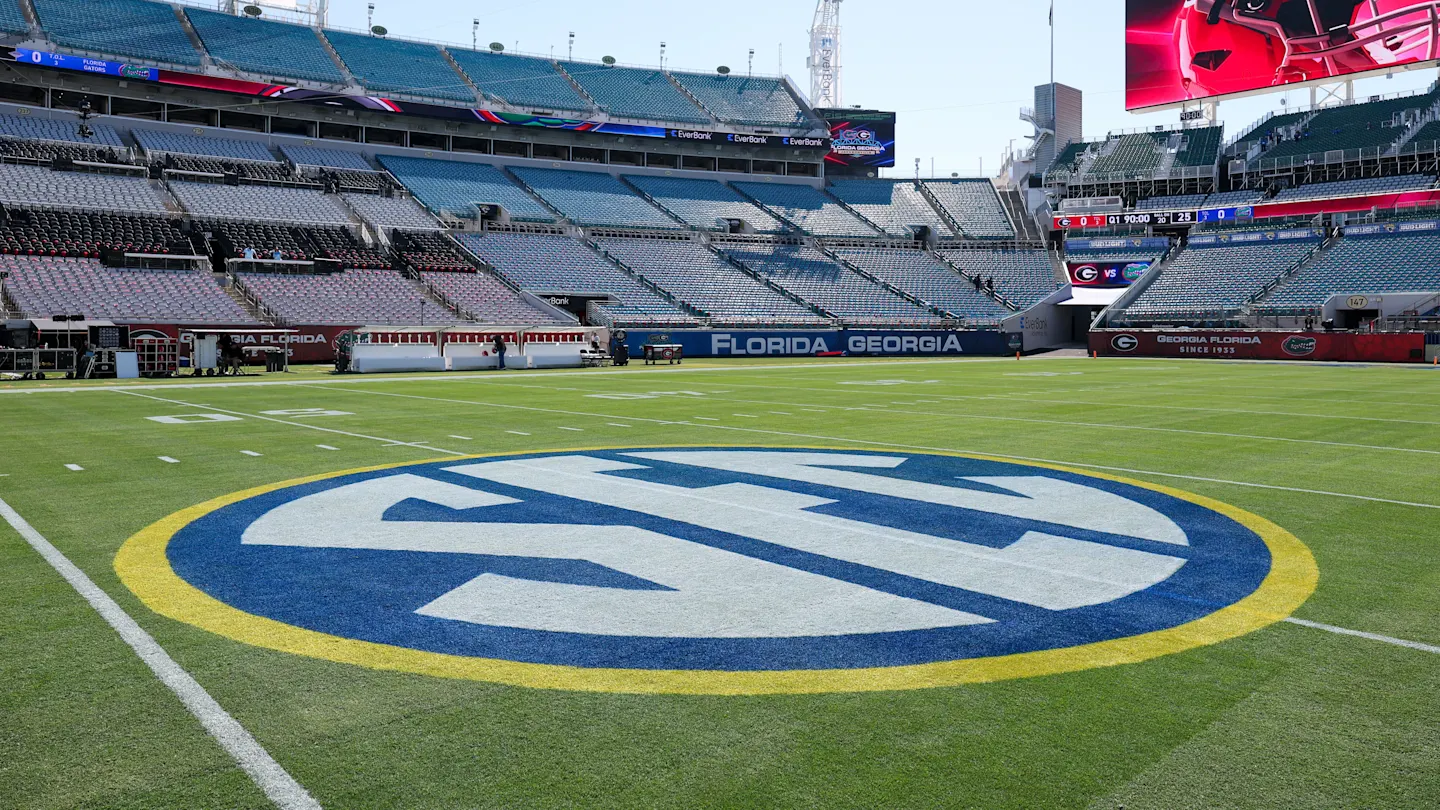
While the SEC has long claimed that the league “just means more”, the 2025 season brought a demonstrable fact: there’s more people watching. Eight of the ten most watched college football programs from the 2025 college football season are from the SEC. And it’s not just about winning– two of those SEC schools fired their coaches after a lackluster 2025 season.
Outside of the SEC, it’s a pair of Big Ten behemoths that hold up the rest of the largest viewing audiences. Notre Dame isn’t just missing from the College Football Playoff, they didn’t have a spot in the top ten most-watched teams. Here’s the rundown on the ten teams to watch, with an average number of weekly viewers per Nielsen data and On3.
10. Texas A&M (4.99 million)
The Aggies had a brilliant 11-1 season, earned a spot in the CFP, and drew plenty of viewing eyes.
9. Michigan (5.08 million)
Boosted by the regular-season finale against Ohio State, Michigan made it to ninth in a 9-3 season that will see a bowl showdown with Texas– another top ten most-watched team that also missed the CFP.
8. Auburn (5.25 million)
That’s a little more than a million viewers per win for the 5-7 Tigers. In Auburn’s defense, it endured a miserable season of luck and poor officiating.
7. Tennessee (6.21 million)
It’s a big jump between Auburn and Tennessee, with the Vols closer to 4th place than 8th. Tennessee was 8-4, with one-score losses to Georgia and Oklahoma probably keeping the Vols out of the CFP.
6. LSU (6.42 million)
A 7-5 record didn’t get it done for Brian Kelly and the Tigers, but their struggling season was fairly fascinating. LSU played six games that ended in one-score margins– unusual for a team with such high pre-season expectations.
5. Oklahoma (6.47 million)
A 10-2 season for the Sooners made them one of the feel-good stories of 2025. OU has leaped into the CFP and nearly reached fourth on the most-watched team list.
4. Ohio State (6.57 million)
The Buckeyes were No. 1 virtually all season, but hung a bit back from that level in viewership ratings. Ohio might have been boosted if they had regular-season matchups with Indiana or Oregon, but they’re sitll one of the nation’s best and most popular teams to watch.
3. Georgia (7.48 million)
The Bulldogs ran very close to the second-ranked team, but the 12-1 Bulldogs will have to content themselves with a CFP spot (unlike that No. 2 most-watched team).
2. Texas (7.55 million)
Texas, likely on the basis of a regular-season classic with Texas A&M, managed to outlast Georgia for the second spot. But a 9-3 season will leave the Horns playing Michigan in a bowl game instead of a CFP appearance.
1. Alabama (8.49 million)
A slightly controversial CFP entrant, the 10-3 Tide are the lone CFP team with three losses. They’re also the most-watched team in the nation. With five one-score games and a tough schedule, Alabama bested second-place Texas by almost a million viewers per week.
NIL
The Most Egregious Double Standard in Sports

In college football, one rule seems to always hold: When a player leverages his power, it’s a scandal. When a coach does the same thing, it’s just business as usual.
That dynamic is now playing out in the response to the decision of the longtime University of Mississippi coach Lane Kiffin to leave the team to become the new head coach at Louisiana State University. Kiffin led Ole Miss to a historic regular-season record of 11 wins and one loss, and the university is now poised to make its first-ever College Football Playoff appearance. The Rebels have a real chance of winning a national championship. LSU’s seven-year, $91 million offer was apparently enough to put all of that in jeopardy.
Imagine, for a moment, if a player had done any of the things Kiffin did as he secured his golden ticket to LSU. Imagine if a player had been playing footsie with two conference schools, as Kiffin did with LSU and the University of Florida after both programs fired their coaches in late October. Imagine if a player’s family had boarded a private jet and been given a personal tour of the city that’s home to the school courting his services—something Kiffin’s family reportedly did in Baton Rouge, Louisiana.
Actually, we don’t have to guess, because similar scenarios have played out. When the former University of Tennessee quarterback Nico Iamaleava transferred to UCLA this past spring after reportedly holding out from practice because he wanted more name, image, and likeness (NIL) compensation from Tennessee, his circumstance was used as an example of how player greed is ruining college football.
“If they wanna play holdout, they might as well play get-out,” Mario Cristobal, the University of Miami head coach, said at the time.
By contrast, while appearing on ESPN’s morning show Get Up last week, the former New York Jets coach Rex Ryan said: “I don’t blame Lane Kiffin for going after it. Look at the landscape of college football, which I think is absolutely abysmal—not just the calendar, but the fact you let kids bail all the time. You know what? I’m going to make more money if I go to this place. What is the difference?”
The difference is that during this season alone, fired college coaches have cost schools nearly $200 million in buyout money, yet nobody is suggesting any rules or protections that limit the amount of guaranteed money a coach can be paid, nor is anybody creating any rules that might curtail coaches from job-hopping mid-season. The narrative that college players seeking a system that recognizes their fair market value is ruining the sport is etched in stone, but it’s the coaches who wrote the playbook on how to leverage and exploit.
In 2019, college football was flipped on its axis by new mandates that allow players to make money off their NIL. After a slew of favorable court decisions, athletes can now be paid directly by schools, transfer universities as many times as they wish, and still be immediately eligible to play. Multimillion-dollar coaches and National Collegiate Athletic Association (NCAA) leaders have argued that the pay-for-play system is creating chaos, uncertainty, and a structure in which donors and boosters are becoming more important than the coaches themselves and players have become hired guns with no real loyalty. Ironically, it was Kiffin who unleashed a blistering critique of players while appearing on the comedian Theo Von’s podcast in August. Kiffin complained that the NIL era has made players more entitled, less motivated, and selfish.
“People get too much too early,” Kiffin told Von. “They had this drive to get to the NFL because they want to play in the NFL. They want the money. Well, I’m getting the money already. So now I’ve lost some drive.”
When asked to elaborate on the challenges players are facing, Kiffin said, “They just get in their own ways. It’s that one word, ego.” This isn’t even the first time that Kiffin has left a team in the lurch, pursuing his own interests over that of the students he leads. In 2016, while Kiffin was the University of Alabama’s offense coordinator, he accepted a job at Florida Atlantic University. His hiring proved to be a distraction, and Kiffin was fired by Nick Saban, then Alabama’s head coach, ahead of the team’s national-championship game against Clemson University.
Given that history, one might assume that Saban would have stern words for Kiffin now. Instead, on ESPN’s College GameDay last month, Saban campaigned for Kiffin to be allowed to coach Ole Miss in the College Football Playoff. (Ole Miss has since announced that Pete Golding, the team’s defensive coordinator, will lead the team in the playoffs.)
Meanwhile, Saban is working closely with the Trump administration to rein in NIL; at one point, it was reported that he might be assigned to co-lead a college-sports commission that Donald Trump wanted to create. In July, the president signed an executive order that characterized the recent player-friendly changes to college sports as an “unprecedented threat.” Currently, the NCAA is urging Congress to pass the Student Compensation and Opportunity Through Rights and Endorsements (SCORE) Act because it would grant the NCAA and its schools an antitrust exemption, thus allowing them to block players from being considered employees and prevent schools from facing further litigation. Saban has said that he is in favor of players being compensated, but earlier this year, he also called the current NIL climate “unsustainable.”
“All I’m saying: The people out there need to know this model is unsustainable. It’s not good for players,” he said on a podcast. If only he would act as though that were his true concern.
NIL
Gopher Football’s Top NIL Deals Revealed

This was not a good season for the Minnesota Gophers. P.J. Fleck was starting a redshirt freshman quarterback, but there was legitimate hope this team could win nine or ten games.
Not only did they win just seven, but Fleck got embarrassed by Iowa in his ninth season on the job, and he couldn’t coach against Northwestern either. Minnesota is headed to the Rate Bowl against New Mexico in Phoenix, but the page needs to be flipped to 2026.
Advertisement
If the Gophers are going to be better next year, it will be because Drake Lindsey, Koi Perich, and Darius Taylor contribute. They aren’t going to be cheap to keep around either.
Related Headlines
MN Gophers spending big on key roster talent
The college sports landscape has changed amidst the introduction of NIL spending. Roster creating, especially in revenue generating sports, is not simply a byproduct of recruiting anymore. Dollars are attached to expectations, and Charley Walters reveals the substantial amount Minnesota will need to pay their stars.
It is expected to cost the Gophers at least $1 million to retain redshirt QB Drake Lindsey for his sophomore season next year. That would make him and 2016 junior defensive back Koi Perich at least a $2 million duo. Add Darius Taylor and the cost could exceed $3 million for trio.
Charley Walters – Pioneer Press
Drake Lindsey hardly set the world on fire this season. He completed 63.2% of his passed with 16 touchdowns and 6 interceptions. At times he looked every bit of a redshirt freshman. However, the arm talent also showed special, and it’s clear there’s a player to developer.
Advertisement
Needing to pay Lindsey seven figures to retain his services is indicative of what college football has become. Minnesota will likely pony up for the Arkansas native that always wanted to play in his backyard. It’s also probably helpful that his mentor Max Brosmer is still in town.
Perich earned a hefty jump in NIL funds after leading the Big Ten in interceptions as a true freshman. The Minnesota native was nowhere near as good this year, but he did record his first pick six. It seems logical he’ll be back, but the number will only increase.
Of the trio, Darius Taylor would seem to be the most expendable. A talented running back, he rarely can be counted upon to remain on the field. Taylor played in just nine games for the Gophers while nursing a hamstring injury, and someone paying for him to be injured on their sideline wouldn’t be the worst outcome.
Attendance still an issue for Minnesota Gophers
P.J. Fleck just landed the best recruiting class in history for the Minnesota Gophers. He held onto that talent despite the 7-5 record, and he’ll need to do much better in order to generate additional interest in the program.
Meanwhile, Gophers football attendance has decreased for a second straight season, averaging 46,519 for its seven games this year in 50,085-capacity Huntington Bank Stadium. The Gophers’ highest attendance average in history was 62,954 in 1957 at Memorial Stadium. The Metrodome years topped out at 60,985 in 1985; and the Huntington Bank Stadium high is 52,355 in 2015. During Fleck’s nine seasons at Minnesota, home attendance — excluding the abbreviated COVID 2020 season — has averaged 45,257.
Pioneer Press
When things are good at Huntington Bank Stadium, they can be really good. The problem is that Fleck has largely failed to build consistency. It might have seemed odd to storm the field after beating Nebraska, but it could have held more weight if the season trended in that direction.
Advertisement
At some point Fleck needs to reach a new level. He is 6-0 in bowl games at Minnesota, but has won less than nine games each of the past three seasons. An outlier 11-2 season with Tanner Morgan in 2019 is the high-water mark, and he’s shown zero semblance of returning to those heights since.
Related Headlines
NIL
Greene chosen to AFCA 35 Under 35 Leadership Institute
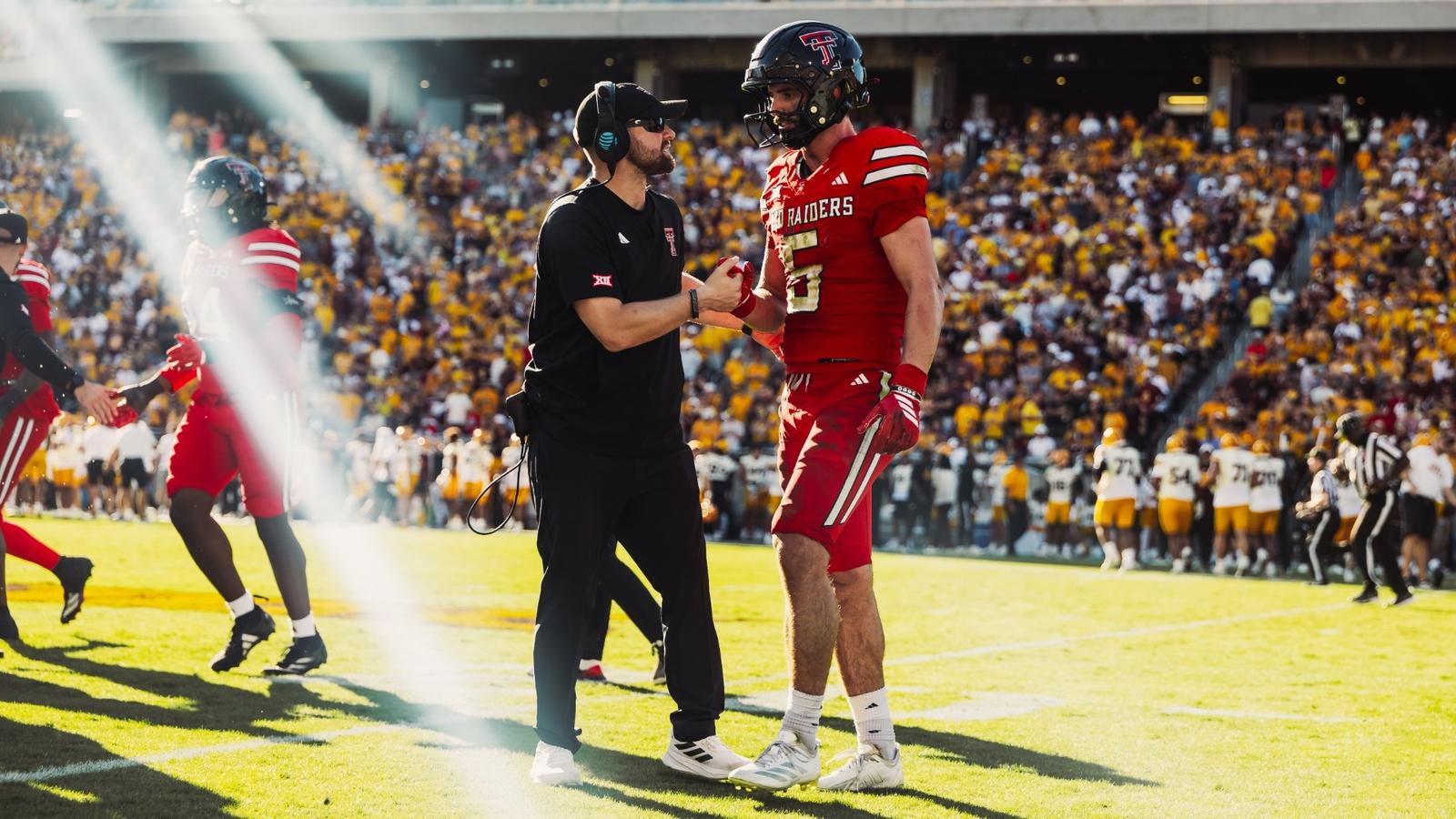
LUBBOCK, Texas – Texas Tech safeties coach Rob Greene was selected Monday to the AFCA 35 Under 35 Coaches Leadership Institute, one of college football’s prestigious programs designed to identify and develop future leaders in the coaching profession.
Greene has been invited to attend a one-day institute that features a curriculum of interactive lectures focused on topics specifically tailored to emphasize leadership in the coaching profession. The day-long session, which is hosted during the annual AFCA Convention, also includes sessions on ethics, influential responsibilities, career progression and family balance.
To be eligible, applicants must be 35 years old or younger on Jan. 1 of that year’s convention and must be currently serving as a high school head coach, a two-year college full-time assistant or head coach or an NAIA/NCAA (all divisions) full-time assistant or head coach. Applicants were required to submit a resume, five references, and a 1,600-word article or a 10-minute live instructional video on an offensive, defensive, special teams or position-specific topic of the applicant’s choosing back in the summer.
In only his first season, Greene has been an important part of Texas Tech’s defensive improvements under coordinator Shiel Wood. The Red Raiders are among the nation’s top defenses as the FBS leader for both rushing defense (68.5 yards allowed per game) and takeaways (31) to go along with a top-five ranking for both scoring defense (10.9 points allowed per game) and total defense (254.4 yards allowed per game).
In the secondary, the Red Raiders are giving up only 185.9 yards a game through the air, cutting down from 308.1 yards per contest in the year prior to Greene’s arrival. That average is currently on pace to be Texas Tech’s lowest since the Red Raiders surrendered only 182.4 passing yards a game in 2006. Texas Tech is already the nation’s most-improved defense in regards to scoring, going from 34.8 points allowed last season to only 10.9 this season.
Texas Tech’s defensive improvements have pushed the Red Raiders to possibly their best season in school history. The Red Raiders are currently 12-1 on the season heading into their first College Football Playoff appearance at the Capital One Orange Bowl.
Texas Tech enters the CFP having limited five of its last six opponents to single digits for points, with the most-recent occurrence being a 34-7 victory this past Saturday over BYU in the Edward Jones Big 12 Championship. It marked the first Big 12 title in school history for the Red Raiders, who will face the winner of No. 5 Oregon and No. 12 seed James Madison in the Orange Bowl.
Kickoff for the Orange Bowl is slated for 11 a.m. on Jan. 1 from Hard Rock Stadium in Miami. Coverage will be provided on ESPN and the Texas Tech Sports Network.
NIL
How Iowa State football should allocate its NIL budget – Iowa State Daily

Name, image and likeness, or NIL for short, has become a pivotal factor in recruiting and drawing in transfers in college football and will remain a factor whether fans like it or not.
The question is, how should Iowa State football spend its limited budget of money that can be given to players to try and draw them into its program?
Offense
I was having a conversation with my dad over the past weekend, and he said something that really stuck with me in regard to NIL. Allocating the NIL budget to an offensive line benefits every other offensive position.
As was said in the 1989 film “Field of Dreams,” “If you build it, he will come.”
In this scenario, “it” is a strong offensive line, and “he” is the other offensive skill positions.
A powerful offensive line provides more time in the pocket for a quarterback, which allows receivers and tight ends more time to get open and get the ball. This also boosts receivers’ and quarterbacks’ statistical numbers, which could bring those specific players NIL deals.
A powerful and dominant offensive line also allows running backs more holes, which would be really helpful for a team like Iowa State that has such a dominant recent history in the backfield.
The line also allows for some trickery, whether that be screen passes or designed quarterback runs.
Straying away from just the offensive line, star redshirt junior quarterback Rocco Becht will be coming into his senior season in 2026, assuming he decides to continue playing college football and not declare for the NFL draft.
That being said, the Cyclone coaching staff could consider approaching the transfer portal for a young quarterback to take the position held by players like Becht and former Cyclone quarterback Brock Purdy.
On the contrary, the current Cyclone quarterback room is strong with freshman quarterbacks like Connor Moberly and Alex Manske.
As for running backs, the Cyclones have a young core that shouldn’t need to be expanded on. Although Carson Hansen and Abu Sama III will be playing their senior season next year, there are proven young players in that running back room, like Aiden Flora and Dylan Lee.
And the same can be said for the receiver room. Redshirt junior wide receivers Xavier Townsend and Chase Sowell are going to be seniors next season, but I think that the offensive staff can put their trust in young players like redshirt freshman wide receiver Dominic Overby and sophomore wide receiver Brett Eskildsen.
Defense
Now I could make a similar argument to the offense, just pump money into the defensive line, but unfortunately, defense isn’t the same.
The defensive line will be hit by the end of this 2025 season, though. Senior defensive lineman Domonique Orange, who coined the nickname ‘Big Citrus’ by Cyclone fans, will be departing this season, as well as redshirt senior defensive linemen Tamatoa McDonough and Cannon Butler.
With big names like those three departing, it could be smart to try and bring in a big transfer player with a similar playstyle to the departing players.
As for linebackers, a player who some might have expected to have played his final season is redshirt senior linebacker Caleb Bacon, who broke the news that he will be returning in 2026, utilizing his medical redshirt.
With Bacon’s return, there are still linebackers like junior Kooper Ebel, sophomore Cael Brezina, redshirt junior Will McLaughlin and many more.
The Iowa State defense took a big hit in the 2024 season with multiple linebackers getting injured, so putting transfer money in for depth is always an option, but if it were up to me, the linebacker room is too good to try and bid for an expensive linebacker.
Finally, for the defensive backs, Jeremiah Cooper, a star corner for the Cyclones, played three games in 2025 before tearing his ACL, which resulted in a season-ending injury.
While Cooper should be eligible for a medical redshirt, he’s also been in 2026 NFL draft talks, so if he returns, it’s still up in the air.
How that affects the transfer portal, though, is the fact that once Cooper was injured, the defense felt it, so trying to spend heavily on a star defensive back like Cooper would be beneficial to the defense.
It would also be understandable if the staff strayed away from that. Young players like redshirt freshman defensive back Khijohnn Cummings-Coleman are young and skilled enough to play first-team reps, which could also help grow players like him into stars like Cooper.
Now, Iowa State doesn’t have the largest NIL budget in the world, meaning that not every hole that needs to be filled will be, but if the Cyclones can find the right players for the right prices, then Iowa State football should be a force to reckon with in the 2026 season.
-
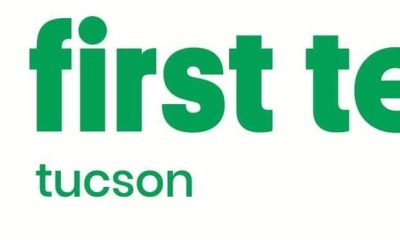
 Rec Sports2 weeks ago
Rec Sports2 weeks agoFirst Tee Winter Registration is open
-

 Rec Sports2 weeks ago
Rec Sports2 weeks agoFargo girl, 13, dies after collapsing during school basketball game – Grand Forks Herald
-

 Motorsports2 weeks ago
Motorsports2 weeks agoCPG Brands Like Allegra Are Betting on F1 for the First Time
-

 Motorsports2 weeks ago
Motorsports2 weeks agoF1 Las Vegas: Verstappen win, Norris and Piastri DQ tighten 2025 title fight
-
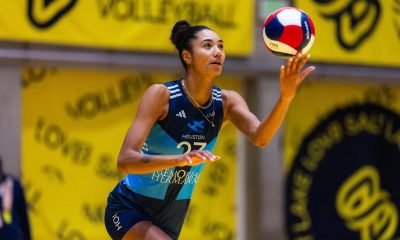
 Sports2 weeks ago
Sports2 weeks agoTwo Pro Volleyball Leagues Serve Up Plans for Minnesota Teams
-

 Sports2 weeks ago
Sports2 weeks agoUtah State Announces 2025-26 Indoor Track & Field Schedule
-
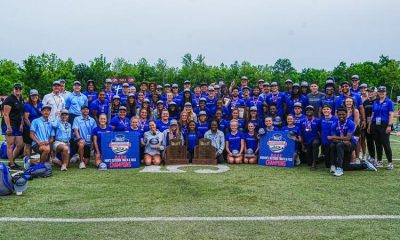
 Sports2 weeks ago
Sports2 weeks agoSycamores unveil 2026 track and field schedule
-
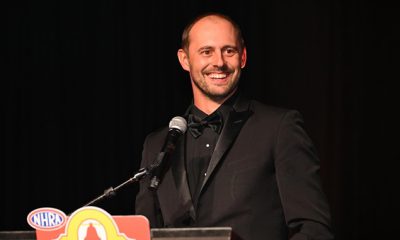
 Motorsports2 weeks ago
Motorsports2 weeks agoRedemption Means First Pro Stock World Championship for Dallas Glenn
-

 Sports2 weeks ago
Sports2 weeks agoTexas volleyball vs Kentucky game score: Live SEC tournament updates
-
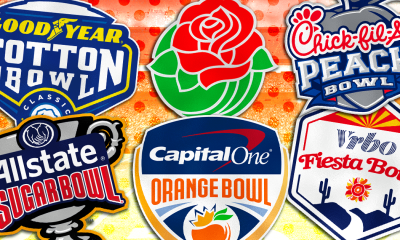
 NIL1 week ago
NIL1 week agoBowl Projections: ESPN predicts 12-team College Football Playoff bracket, full bowl slate after Week 14




